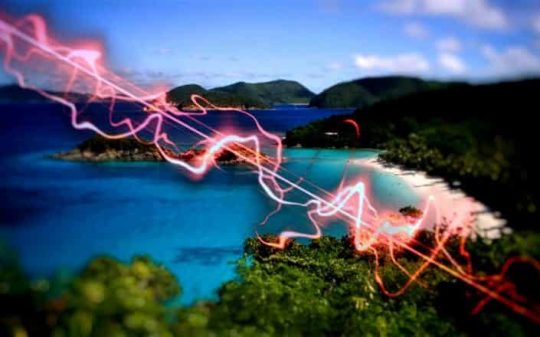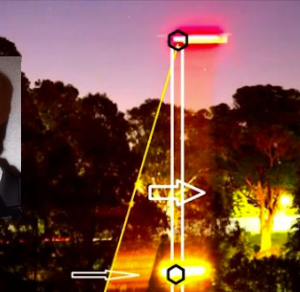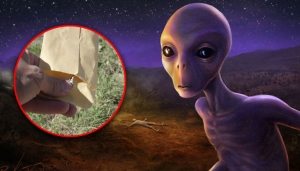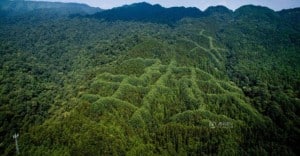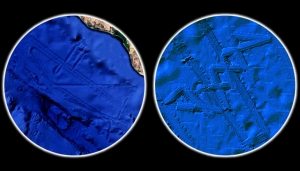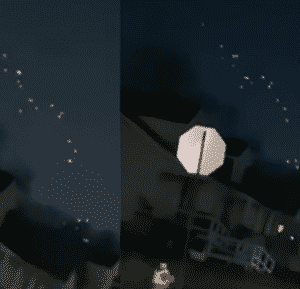A whistle-like sound emanating from the Caribbean Sea has baffled researchers who are unable to find a persistent explanation. The low-pitched sound is so intense that it can be ‘heard’ from space.
Very little is known about the depth of the oceans, making this dark and unhospitable place an alien land altogether. New and bizarre species are found adapted to the blindness of the abyss each time another expedition is sent down below. For the scientific community, this mystery world seems as puzzling and intriguing as exploring other planets of our Solar System.
For that matter, the US Navy established the Sound Surveillance System (SOSU) in the 1960’s. Its aim was to keep an ear on Soviet submarines through a network of underwater microphones, but despite monitoring the activity of the Cold War, the submerged equipment encountered various other anomalies. After all, the bottom of the ocean proved to be a noisy place full of bizarre sounds that were left without a rational explanation.
One such bizarre noise was picked up in 1991 in the Pacific Ocean. The sound is known as Upsweep and it resembled nothing heard in the ocean so far. At first, scientists believed it was caused by underwater volcanic activity, but it sounded nothing like it, nor an earthquake sound. Others were quick to attribute it to whales, but it was way too loud to have been made by these marine creatures.
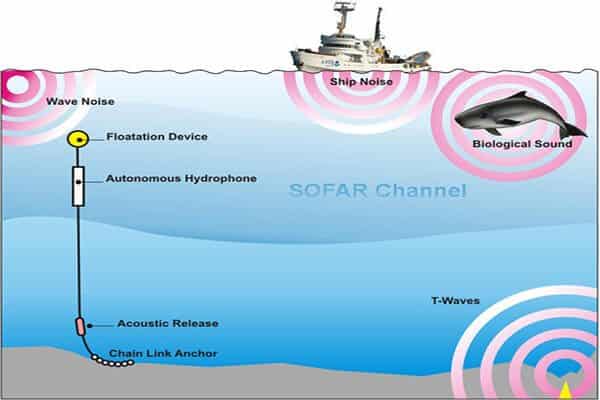
illustrates how a typical hydrophone is applied underwater to track sound waves from varying sources.
The noise is comprised of a long sequence of narrow band upsweeping sounds lasting a few seconds each. It was detected all across the Pacific because of its high intensity, and the place from where it emanated couldn’t be located. Another puzzling feature was its seasoning appearance, as it reached its peak height in spring and autumn. With its unexplained origins and abnormal intensity, conspiracy theorists hypothesized it could be the mating call of an enormous underwater cryptid, considering that it could be heard on these two seasons.
In present days, researchers are still baffled by these unexplained sounds emitted from within the depths of the ocean. Scientists from the University of Liverpool in the UK have recorded another anomalous whistle noise coming from the Caribbean Sea, on the opposite edge of the Pacific, and they can’t blame it on anything for now.
The encountered noise is so remarkable because it can be picked up from space, although it’s too low to be heard by human ears without it being pitched up. It was discovered while the group of researchers were establishing ways to deal with climate change. They soon found oscillations in their model that couldn’t be interpreted in any way.
“We were looking at ocean pressure through models for quite different reasons, and this region just didn’t work,” said Chris Hughes, one of the researchers involved in the climate study. “It felt like a soare thumb,” he added.
After isolating these oscillations, they realized that a low noise was coming out of that, similar to a whistle sound. It can be heard below (pitched up):
This sound is causing a powerful effect that can be measured from space by viewing the oscillations in Earth’s gravity field. It was recognized as a ‘Rossby Wave’ by the UK scientists. The noise travels west from the Atlantic Ocean and into the Caribbean basin where it fades away for 120 days before reappearing back in the east. This particular sound wave is making the seabed whistle. Considering that this Rossby Wave follows a seasoning pattern, similar to the Upsweep sound described above, the possibility of an enormous marine animal, or rather an entire pack, is not to be excluded.
“We can compare the ocean activity in the Caribbean Sea to that of a whistle. When you blow into a whistle, the jet of air becomes unstable and excites the resonant sound wave which fits into the whistle cavity,” Hughes explains. “Because the whistle is open, the sound radiates out so you can hear it. Similarly, an ocean current flowing through the Caribbean Sea becomes unstable and excites a resonance of a rather strange kind of ocean wave called a Rossby wave. Because the Caribbean Sea is partly open, this causes an exchange of water with the rest of the ocean which allows us to ‘hear’ the resonance using gravity measurements,” he concluded.
This peculiar sound is affecting the flow of the Caribbean Current and furtherly the extension of the entire North Atlantic Ocean. It can be compared to the “Bloop” sound recorded back in the 1997’s, which is another ultra-low-frequency underwater sound detected by the SOSU’s hydrophones located 3,000 miles apart from one another. It’s rapid variation in frequency pointed towards the hypothesis of a living creature or creatures making this sound. At first, scientists considered the possibility of a pack of whales whistling in tandem, but the sound was several times louder than what the noisiest animal on Earth could produce.
Although the possibility of an underwater volcano, earthquake or even the screeching movement of an iceberg can be considered, the chance of an unknown species of underwater cryptid lurking in the deep is also extremely viable, at least while researchers are unable to find other reasonable explanations.
